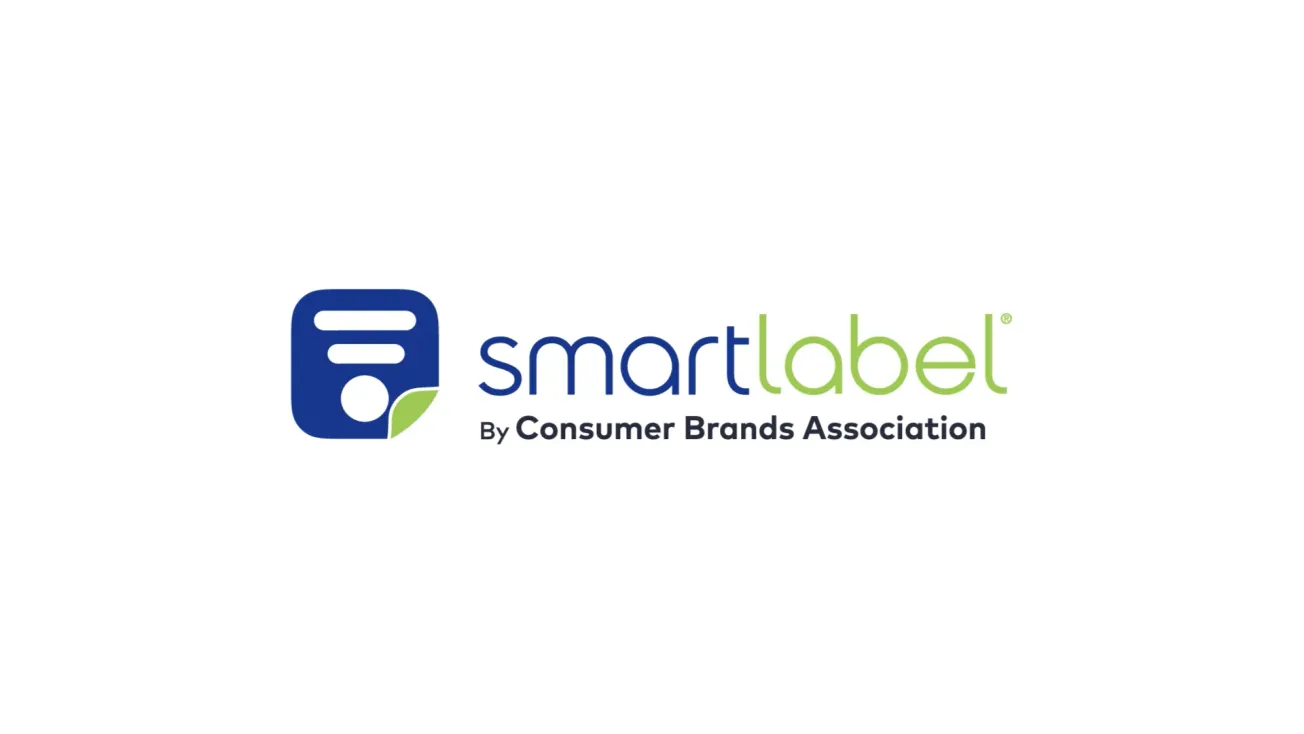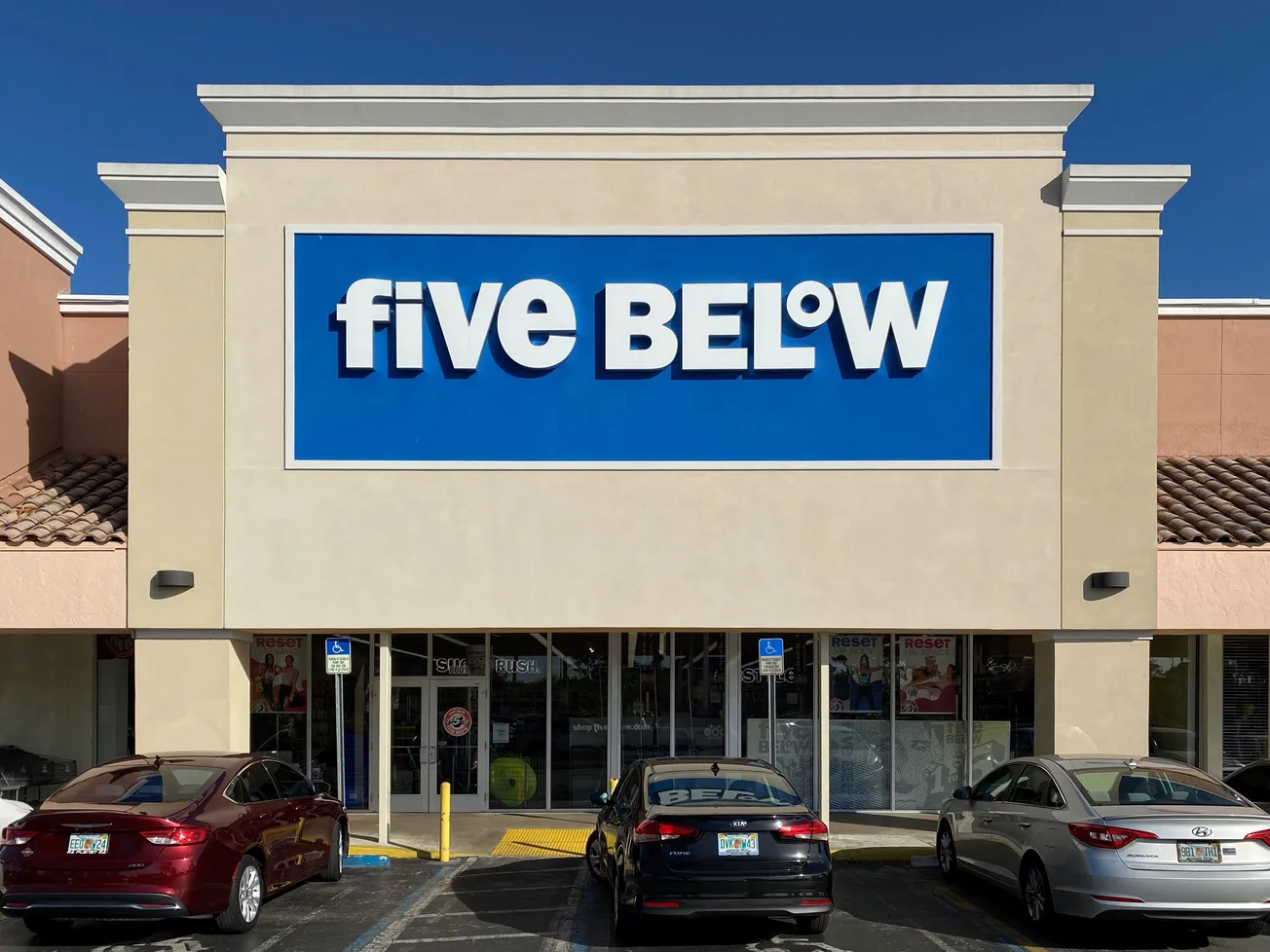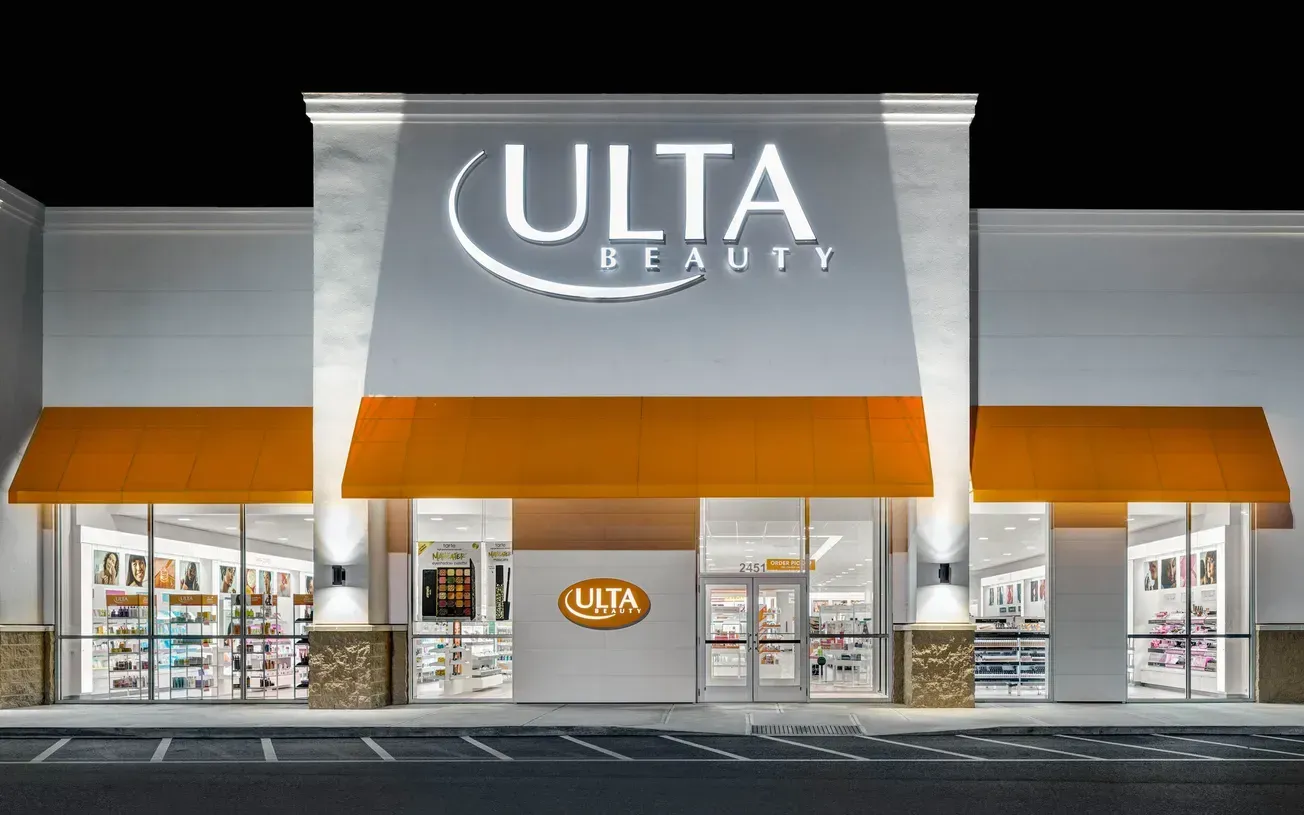Editors note: This is an abridged version of an article that ran in Nicholas Hall’s CHC Insight North America, a bimonthly publication that covers consumer health care.
When Lord Cornwallis surrendered his army to George Washington at Yorktown in 1781, effectively ending the American Revolution, he directed his musicians to play a popular tune called “The World Turned Upside Down.” It was an apt choice, memorializing a new world order. The consumer health care world experienced the same during COVID 2021.
2021 was not a year of incrementalism. The sea change included several tidal waves: supply chain; workforce upheaval; the accelerated growth of digital, resulting in an omnichannel consumer; the expanded definition of consumer health care; a hot M&A environment complemented by creative partnerships and the creation of pure-play stand-alone consumer health care companies.
To be sure, 2021 did have some stories that would headline most years. Corporate social responsibility is real. The industry is genuinely leaning into diversity and sustainability. Switch provided some growth as hearing aids moved to O-T-C status. Voltaren continued its U.S. efforts to mixed results while one industry observer noted another year with minimal CCA innovation. There was a liquid aspirin launch. The sleep, immunity, PPE and mental health areas benefited from COVID, but that slowed in 2021.
A brand owner in one of those categories achieved 20% in 2020, but this slowed to 5% in 2021. Another single-category company with a loyal base weathered COVID but noted that Walmart became a little more important than before.
The industry did grow by expanding the consumer health care definition to include probiotics, sunscreen and testing devices while FSA/HSA reinstatement contributed some volume. An updated Drug Facts requirement in June complicated consumer education with increased label disclosures numbering anywhere from 200 to 800 words. CBD is still in a state of national limbo, while the new Monograph regime kicked in.
In any other year, all of these stories would deserve deeper commentary. Not so in 2021.
The sea change stories dominated
No conversation about 2021 can avoid a supply chain discussion. The structural risks of faraway single-source and just-in-time (JIT) sourcing are painfully playing out. The impacts are near, mid and long term. Anecdotal evidence suggests the cost and lead times reset has not been smooth and it will take some time to normalize.
One brand owner described raw material lead times jump from the normal six weeks to six months and more in 2020. This eased to three months by the end of 2021. Leading natural channel distributors UNFI and Kehe reported dock backups of three weeks or more on average. Shipping container sticker shock is real, with all brand owners reporting a minimum threefold jump. One industry contact quoted containers from India spiking from $6,000 to $30,000. Asian-sourced containers moved even more from $6,000 to $36,000. Another industry insider noted that overall logistics costs impacted COGs from a pre-COVID 8% to 10% settling at 14%-plus. Another brand owner noted co-manufacturer price increases far more than a typical 2% absorbing multiple 5% to 10% spikes. These cost increases were passed on to the trade. One medium-sized brand owner, after hesitating, took their first (and substantial) price increase in 11 years, justified by increased COGs. It went through with no pushback. By year-end 2021, they had recovered to their pre-COVID revenue running rate. Another industry leader was able to execute two or three price increases across several categories and noted that “even Kroger and Walmart approved price increases with minimal challenge.” The watchout: Price increases and increased revenue may not lead to increased market share. The other watchout: inflation.
The operational nightmare has already lasted two years. At best, order lead times “only” doubled. This led to a temporary doubling up on raw material orders. Some interpreted this as a permanent volume increase impacting raw material inventories, especially bottles, caps and incipients. The resolution of the sourcing upheaval will last year(s) as multiple geographically closer suppliers are baked into the system. While this will result in a better risk profile, it will also put pressure on increasing costs.
The medium-term upheaval of an uneven ordering spike, increased out-of-code inventory, and OOS at retail will sort itself. Alternative (more localized) sourcing and supply networks, rather than linear chains, are becoming more prevalent. This will be especially challenging but necessary for mid-sized brands looking to onshore. Their smaller global footprints and less access to spare raw materials and manufacturing capacity loom large. One important industry observer noted that VMS raw material shortages were particularly acute. Brand owners’ ability to detect and understand sudden consumer shifts will become a competitive edge; the nimble will thrive. In the medium term, a significant portion of new product development will decrease as increased demands for third-party line time will tie up an important NPD source and formulation experimentation.
The logistics contest, sometimes called the “last mile,” to quickly serve the consumer has intensified, reflecting the seismic shift from in-store shopping toward e-commerce, pickup and delivery alternatives. It works on both ends: order receipt and order delivery. Both KPIs are now measured in hours, not days. Order processing time can be viewed in medical terms: The golden (first) hour is real. Amazon can, in many cases, receive, pick, pack and ship an order within 45 minutes. Meanwhile, last-mile delivery mixes competitors, frenemies and collaborators. InstaCart, Doordash and others change roles while working with brand owners. Accelerated SKU optimization and reappropriation is the result.
The workforce revolution touched everyone. Hopefully/thankfully the COVID impact appears to finally be fading. One integrated brand owner/manufacturer with 200 production staff had up to 25% out several times from COVID and/or quarantine. This should not be the case in 2022.
A digital upheaval provided a strong tailwind to a workforce reset in 2021. As recently as two years ago, a year-end review summarized store openings. While foot traffic did enjoy a modest summer ’21 rebound, Omicron erased most of it in the fall. Even more significant, testing and vaccinations will decline. COVID masked a bigger picture as the larger drug chains “optimized” their store counts with Rite Aid down 12% and CVS down 6%. It is instructional that putting Boots “in play” could be considered another part of the declining retail world. The far-off digital change at retail is now much closer. Cashierless stores and an in-store “Easy Pass” may make even self-service obsolete. The impact on retail will be immense — profitable impulse sales can be up to 30% of a consumer basket in grocery. The front-end checkout will shrink.
Can brand owners and retail adapt? There are conflicting opinions. One industry observer is not optimistic about brand owners, stating, “They don’t have real digital. It’s just checking the box with a Google banner ad.” Retail is carving out a vital role by increasingly placing nurse practitioners on site. The cost of care and the scarcity of MDs has led to an information vacuum. Drug chains are building an invaluable educational and complementary practitioner relationship. At shelf, this is being reinforced via QR code education.
The consumer health care brand owner interaction with retailers has also changed. Zoom has already replaced many buyer/brand owner relationships. The trade has decided, in part, that in-person meetings are not needed. Retail will not disappear, but its configuration will surely morph as an omnichannel consumer world evolves. Today’s consumers shop wherever and whenever it suits them, and traditional brick-and-mortar retail has taken another hit.
The 2021 M&A market was torrid. Most market participants shunned the accumulate-anything-available approach in favor of a focused health, wellness and well-being path. The market may have also been driven by pending tax treatment changes. The headline deals covered three basic areas: manufacturing/brands, retail and technology. On the brand front, the major companies were busy. Nestlé acquired The Bountiful Company and Nuun Sports Hydration. Unilever acquired Liquid IV and Onnit Supplements, while P&G gobbled up several beauty brands. The retail world saw Walgreens acquire VillageMD and the further consolidation of the C-store world with 7-Eleven absorbing Speedway. Target sold the DermStore to THG.
Reflecting the expanded role of technology and, in some cases, health care newcomers to health care, like Microsoft completed the Nuance deal, Humana snapped up Kindred at Home while Best Buy acquired Current (at-home care). Newcomers to health care are upending the status quo. Other newcomer health care retailers are repositioning themselves in, on and around the body, transitioning to a health care mindset, portfolio and partnerships. COVID has accelerated the importance of self-care, and new players are moving in.
It’s a proactive mindset, while many legacy consumer health care players are still stuck with a reactive approach: treating chronic conditions. Lowe’s now allows consumers to “age in place.” Saks, leveraging their upscale female consumer base, has entered the VMS, personal care and sexual health spaces while Walmart has jumped into a new way to communicate to the consumer via Buzzfeed. Home Depot has done the same with a Pinterest partnership. Best Buy aspires to a be a wellness retailer. The Current acquisition provides a telemonitoring base platform. In the beauty world, Ulta has landed in Target, while Sephora is partnered with Kohl’s. Finally, Adidas and Peloton have joined forces in a healthy lifestyle effort. A broader definition of health care enables transitions previously unimaginable. The health care industry has explosively expanded in numerous directions.
Industry leader Emerson Group has taken a hard look at the stalwart leaders of the consumer health care industry. There is trouble in legacy land. Relationships still matter, but it’s a new set of connections. GSK’s pensions are underfunded at the $4 billion-plus level. Advantage Solutions carries $2 billion in debt with 2021 net income down 26%. Rite Aid has been losing money for the past 12 years. Meanwhile, upstarts like Pharmapacks and Doordash have never turned a profit. And all the while, acquisition multiples continue to climb to levels labeled as crazy.
Emerson’s projections and other reality check observations are worth noting. The U.S. has lost a net 12,000 retail locations in the past five years. Within 10 years they believe that 60% of industry sales will be digitally enabled. The top 2,000 SKUs now account for 49% of industry sales. Emerson also sees an M&A world untethered with nonsupportable EBITDA multiples ranging from 15.7x to 18.7x. There’s too much money chasing too few opportunities. Finally, the blurring lines of consumer health care will expand to include nutrition broadly defined, now larger than the historical O-T-C market.
2021 also ushered in a definitive move to pure-play O-T-C MNCs. This new configuration will also, it is hoped, spur innovation. GSK is the leading example, but J&J, perhaps hamstrung by the PCH acquisition and the ongoing manufacturing consent decree, and Sanofi, shedding noncore businesses, are all involved. Undoubtedly, the 2022 year-end review will include a report on their progress. Indeed, 2021 was different. Each stanza of “The World Turned Upside Down” music accompanying the Yorktown surrender ends with “Yet let’s be content, and the times lament, you see the world turn’d upside down.” 2021 turned our industry in so many directions. It was a year of big stories.
Ed Rowland is a network partner of the Nicholas Hall Group of Companies. As the principal of Rowland Global LLC (rowland-global.com) he believes in the promise of global business and supports companies in their strategy, tactics and execution of international growth initiatives.





